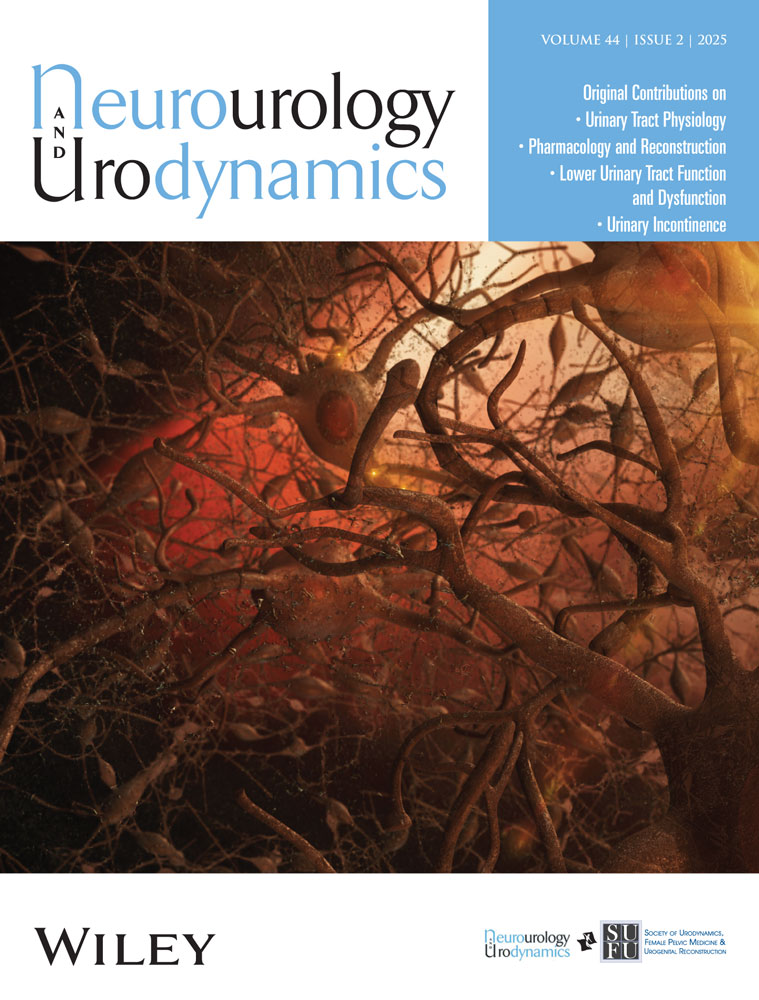Using Functional Magnetic Resonance Imaging to Detect Differences in Micturition-Related Brain Activity Between Volitional and Involuntary Detrusor Contractions
Kay Jann and Evgeniy Kreydin contributed equally to this manuscript.
ABSTRACT
Introduction
Detrusor contractions can be classified as either volitional or involuntary. The latter are a hallmark of urge urinary incontinence. Understanding differences in neuroactivation associated with both types of contractions can help elucidate pathophysiology and therapeutic targets. In this study we aim to compare brain activity associated with voluntary and involuntary detrusor contractions.
Methods
Twenty seven stroke survivors with secondary storage lower urinary tract symptoms underwent four filling cycles of simultaneous urodynamics and BOLD-signal fMRI. After each fill, participants were instructed to void. Voids inside the designated 10-s period were considered voluntary contractions. All others were considered involuntary. Each contraction was then segmented into phases: Early (10 s before start of contraction), Rise (start of contraction to peak vesical pressure), Plateau, and Fall (from peak pressure to resolution of the contraction). BOLD-effect was compared between the two contraction types, employing a minimum cluster size of 25 voxels and significance threshold at p < 0.005.
Results
Compared to volitional contractions, involuntary contractions were associated with diminished brain activity in each contraction phase. During the Early phase, this difference was most prominent in areas implicated with sensory and autonomic function, shifting to regions tasked with motor control as the contraction continued and eventually attenuating as the contraction resolved.
Conclusion
This study uniquely contrasts brain activation associated with volitional and involuntary contractions. Relative to involuntary contractions, volitional contractions revealed increased activity in motor, sensory, and executive functioning regions. These findings reflect both the physiological mechanism of volitional contractions and suggest the displacement of this mechanism by a subcortical reflex in involuntary contractions.
Clinical Trial Registration
NCT05301335.
Conflicts of Interest
Dr. Kreydin reports he is a cofounder and stockholder from SpineX Inc., outside the submitted work. No financial contribution was received from SpineX Inc for conceptualization or execution of this study. All other authors have no Conflict of Interest.
Open Research
Data Availability Statement
The data that support the findings of this study are available from the corresponding author upon reasonable request.




